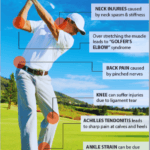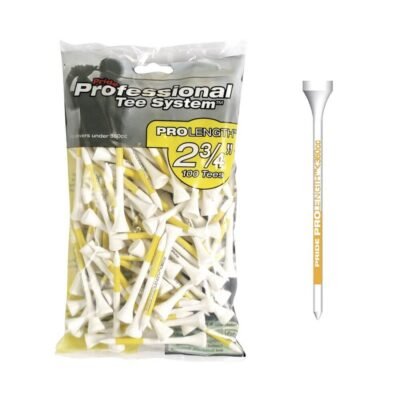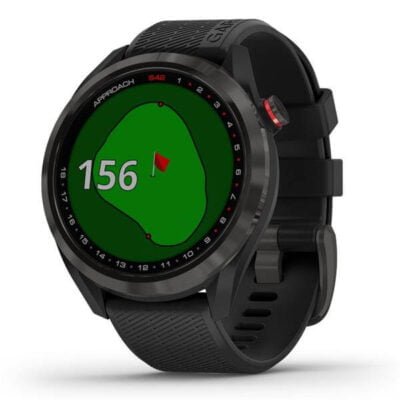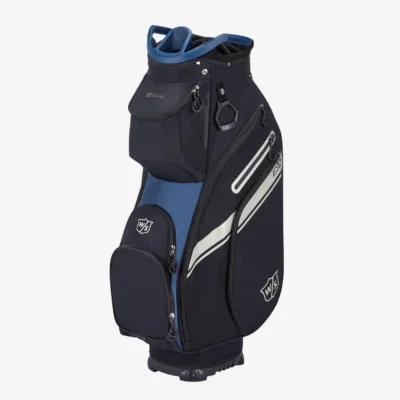Shopping cart is empty!
Regular Clubs and Blade Clubs: Which One to Choose?
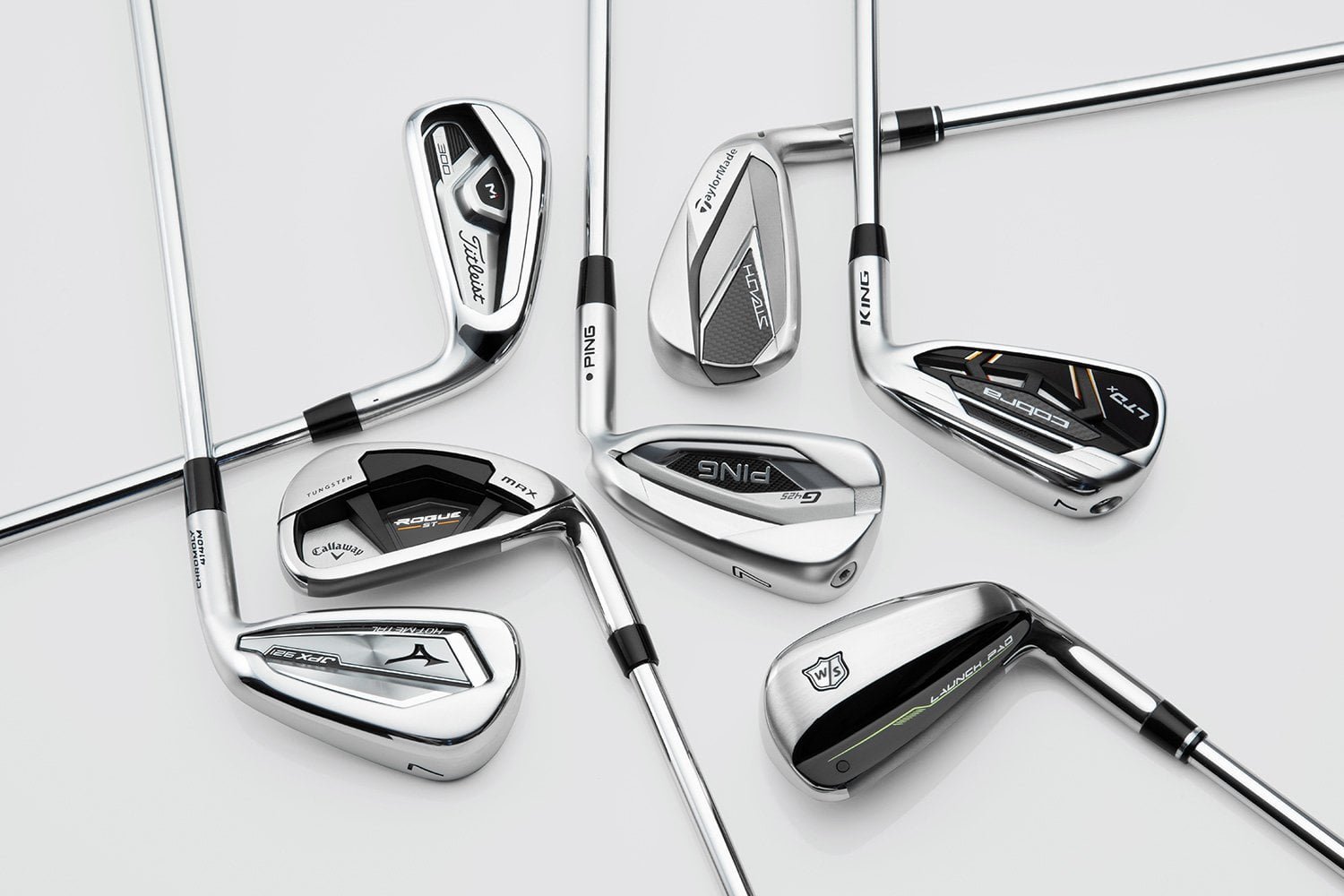
Choosing golf clubs can be especially challenging for beginners. In this article, we will cover two main types of golf clubs: regular golf clubs (also known as cavity back or game improvement clubs) and blade clubs. We’ll explain the differences, discuss the pros and cons of each, and offer advice on when and which clubs to choose.
Regular golf clubs, also known as cavity back or game improvement clubs, have a cavity in the back of the club head. This design redistributes weight around the perimeter, increasing the size of the sweet spot.
Advantages:
Forgiveness: A larger sweet spot means that even off-center hits can still result in good shots.
Easier to Hit: These clubs are more user-friendly for beginners and intermediate players.
Stability: The redistributed weight makes the club more stable and easier to control.
Disadvantages:
Less Control: The weight distribution may reduce shot control and feel.
Reduced Feedback: Players receive less feedback about where exactly the ball was struck on the clubface.
Blade clubs, also known as muscle back clubs, are traditional clubs without a cavity in the back. They have a slimmer profile and are designed for experienced players seeking maximum control and feedback.
Advantages:
Maximum Control: Blade clubs allow players to better control shot direction and trajectory.
Feedback: Players receive more precise information about each shot, making it easier to understand where contact was made on the clubface.
Trajectory Control: Skilled players can better manage shot height and direction.
Disadvantages:
Low Forgiveness: Blade clubs have a smaller sweet spot, so off-center hits result in poor shots.
Harder to Hit: These clubs require a high level of skill and precision.
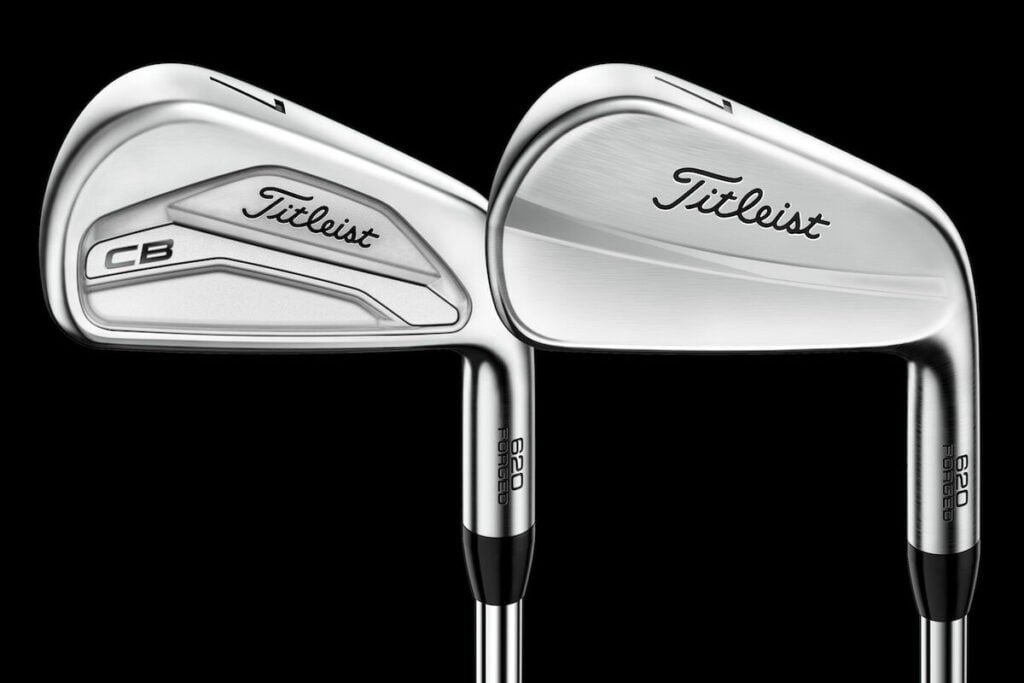
Which Clubs Should You Choose?
When choosing between regular golf clubs and blade clubs, it’s important to consider your skill level, playing goals, and personal preferences. Regular golf clubs offer more forgiveness and are easier to use, making them ideal for beginners and intermediate players. Blade clubs, on the other hand, require advanced skills but provide maximum control and feedback, making them ideal for advanced players.
By selecting the right clubs, you can enjoy the game of golf and achieve better results!
Frequently Asked Questions (FAQ)
Q: What is the difference between regular golf clubs and blade clubs?
A: Regular clubs (often called cavity-back clubs) have a larger sweet spot and are more forgiving on off-center hits. Blade clubs, also known as muscle-backs, offer greater control and feel but require more precision, making them better suited for advanced players.
Q: Who should use regular cavity-back golf clubs?
A: Beginners, high handicappers, and recreational golfers typically benefit from cavity-back clubs due to their forgiveness, higher launch, and added distance on mis-hits.
Q: Who should use blade golf clubs?
A: Low-handicap players, advanced amateurs, and professionals often prefer blade clubs because they provide better shot-shaping control, feedback, and precision.
Q: Are blade clubs harder to hit?
A: Yes. Blade clubs have a smaller sweet spot and less forgiveness, which can result in more mishits for less experienced players.
Q: Can beginners use blade golf clubs?
A: It’s generally not recommended. Beginners should start with forgiving cavity-back irons to build consistency before transitioning to blades if desired.
Q: Which golf clubs offer better distance: regular or blades?
A: Cavity-back clubs usually offer more distance due to higher launch angles and stronger lofts. Blade clubs prioritize control over distance.
Q: Do pros use blade clubs?
A: Many professional golfers use blade clubs for their superior control, but some use a blend of cavity-backs and blades depending on their preferences and course conditions.

